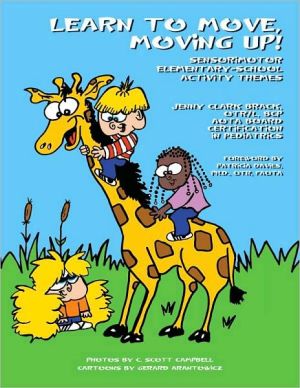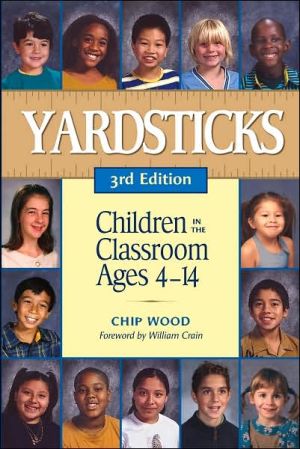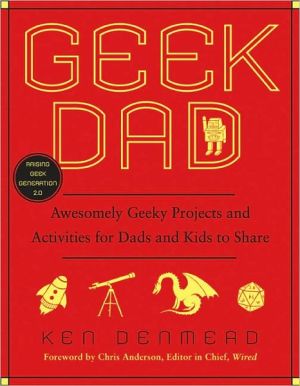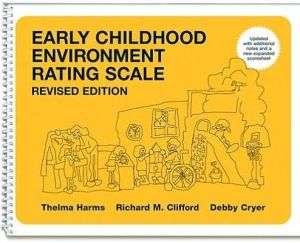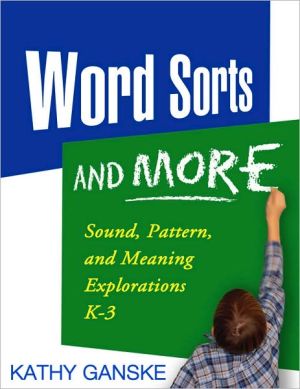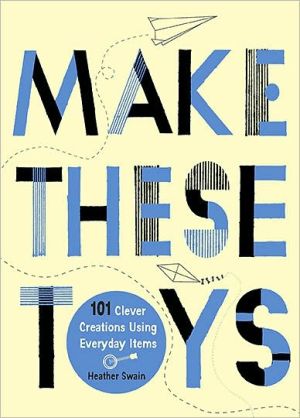Learn to Move, Moving up!: Sensorimotor Elementary-School Activity Themes
Learn to Move, Moving Up! by Jenny Clark Brack is back with a new book! Following the same structure and philosophy as her first book, Learn to Move, Move to Learn: Sensorimotor Early Childhood Activity Themes, her latest, Learn to Move, Moving Up! focuses on elementary-school age students with sensory processing disorders. \ \ In a comprehensive introduction that covers current trends in education and occupational therapy, the book overviews many evidence-based practices as well as yoga,...
Search in google:
Learn to Move, Moving Up! by Jenny Clark Brack is back with a new book! Following the same structure and philosophy as her first book, Learn to Move, Move to Learn: Sensorimotor Early Childhood Activity Themes, her latest, Learn to Move, Moving Up! focuses on elementary-school age students with sensory processing disorders. In a comprehensive introduction that covers current trends in education and occupational therapy, the book overviews many evidence-based practices as well as yoga, music, and Speed Stacks. Throughout, the emphasis is on involving the child's team for the best possible outcomes. The centerpiece of the book consists of 30 sensorimotor, theme-based lesson plans that include literacy and curriculum suggestions for teachers, and suggests ways that they can be incorporated into busy elementary school schedules and environments. As in Brack's first book, the carefully developed lesson plans offer activities structured around seven elements designed for both learning and fun: Warm-Up, Vestibular, Proprioception, Balance, Eye-Hand Coordination, Cool-Down and Fine Motor. Children's Literature Written by a pediatric occupational therapist and primarily designed for use with elementary students with sensory processing disorders, this useful workbook is a plus for teachers who now routinely have SPD students in their classrooms. Sensory integration or processing is the "neurological process that organizes sensation from one's own body and from the environment and makes it possible to use the body effectively within the environment." Processing disorders may affect visual, auditory, tactile, vestibular (balance), proprioception (muscles), and taste/smell or a combination of the above. The book is divided into five chapters with chapter one giving an overview to teachers about the various sensory processing disorders. Chapter two discusses the various therapies available; chapter three, assessment and evaluation; chapter four, how to integrate lessons for SPD into the elementary environment; and chapter five, other enrichment activities. The remainder of the book contains thirty lessons to use in the classroom from experienced teachers. The theme-based lessons can be adapted for most all kinds of processing disorders and most require no more than materials readily available in the classroom. The appendix contains an adaptive school supply list, definitions appropriate to SPD sources for further study, and a recommended book list for children. A useful tool for the classroom of the 21st century. Reviewer: Meredith Kiger, Ph.D.
\ Children's Literature\ - Meredith Kiger\ Written by a pediatric occupational therapist and primarily designed for use with elementary students with sensory processing disorders, this useful workbook is a plus for teachers who now routinely have SPD students in their classrooms. Sensory integration or processing is the "neurological process that organizes sensation from one's own body and from the environment and makes it possible to use the body effectively within the environment." Processing disorders may affect visual, auditory, tactile, vestibular (balance), proprioception (muscles), and taste/smell or a combination of the above. The book is divided into five chapters with chapter one giving an overview to teachers about the various sensory processing disorders. Chapter two discusses the various therapies available; chapter three, assessment and evaluation; chapter four, how to integrate lessons for SPD into the elementary environment; and chapter five, other enrichment activities. The remainder of the book contains thirty lessons to use in the classroom from experienced teachers. The theme-based lessons can be adapted for most all kinds of processing disorders and most require no more than materials readily available in the classroom. The appendix contains an adaptive school supply list, definitions appropriate to SPD sources for further study, and a recommended book list for children. A useful tool for the classroom of the 21st century. Reviewer: Meredith Kiger, Ph.D.\ \
